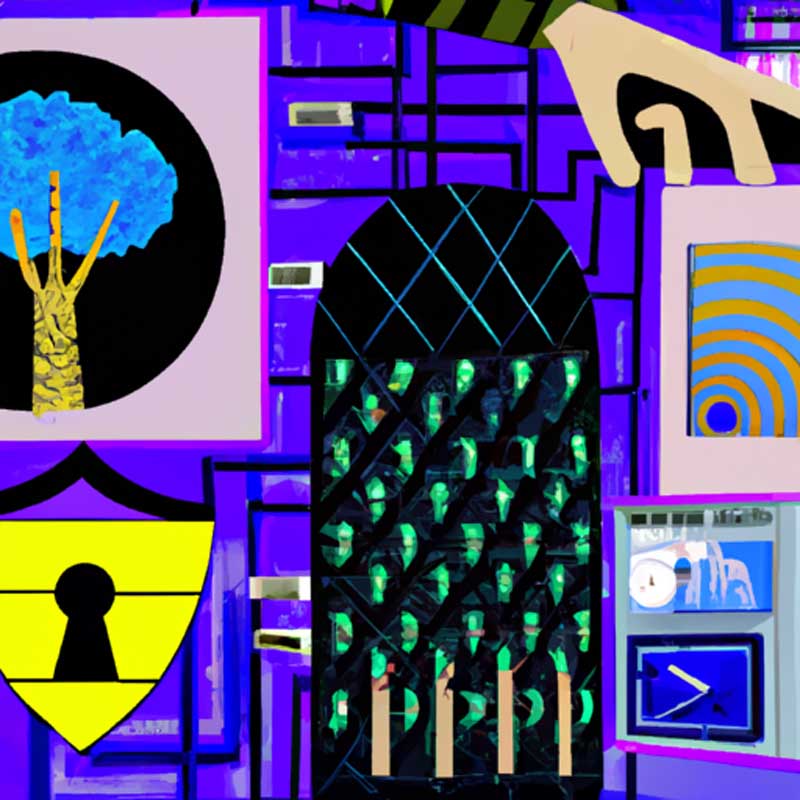A Raspberry Pi project utilizes artificial intelligence (AI) to ensure perfectly-cooked meat. Developed by Simon, the AIOT bot, named LLM Steak Classifier, is built using two Raspberry Pis – a Raspberry Pi 4 and a Raspberry Pi Pico compatible board. The project uses ChatGPT along with physical sensors for monitoring cooking progress. The source code and guidelines for replicating the project have been shared by the developer and can be found on the official Wiznet project page.
- An AI project utilizing Raspberry Pi technology aims to eliminate cooking missteps with perfect meat preparation through the LLM Steak Classifier AIOT Bot.
- The project is powered by two Raspberry Pis, a Raspberry Pi 4, and a Raspberry Pi Pico compatible board that together, utilize images, sensor data, and text prompts to monitor the meat’s doneness.
- The project code and instructions on assembly have been shared by the project creator and are available for others to use and recreate.
This innovative project was inspired by the release of the GPT-4-Vision model. Simon, the developer of the project, utilized ChatGPT to verify whether meat is properly cooked using images of the meat, sensor data, as well as text prompts about the cooking process.
A Streamlit web server is hosted by the Raspberry Pi 4 used in the setup. The server presents a customized interface that allows users to monitor the meat’s cooking progress and observe feedback from ChatGPT. Any device with a web browser can access this server, and for demonstration purposes, Simon used a smartphone.
Additionally, the Raspberry Pi 4 is linked to a W5100S-EVB-PICO module, an RP2040-based board responsible for monitoring the meat’s temperature through a DS18B20 temperature sensor. This temperature data, paired with images of the cooking meat, aids in determining the doneness of the meat. The temperature data can also be viewed on the Streamlit web server.
The source code for this Raspberry Pi project has been shared by Simon and can be accessed on the official Wiznet project page which further provides a detailed explanation of how to assemble the project and other useful details for recreating the project.
